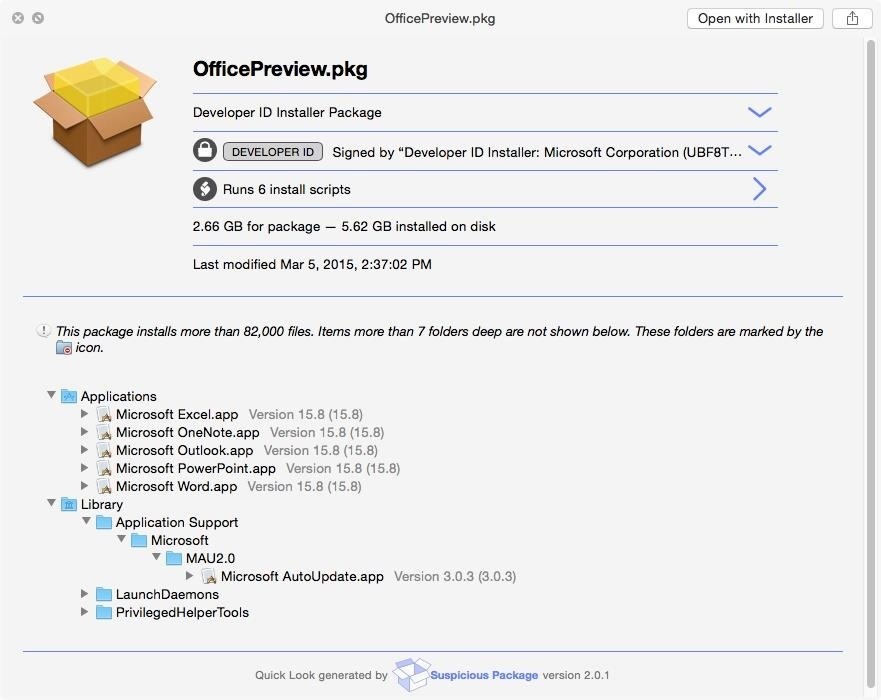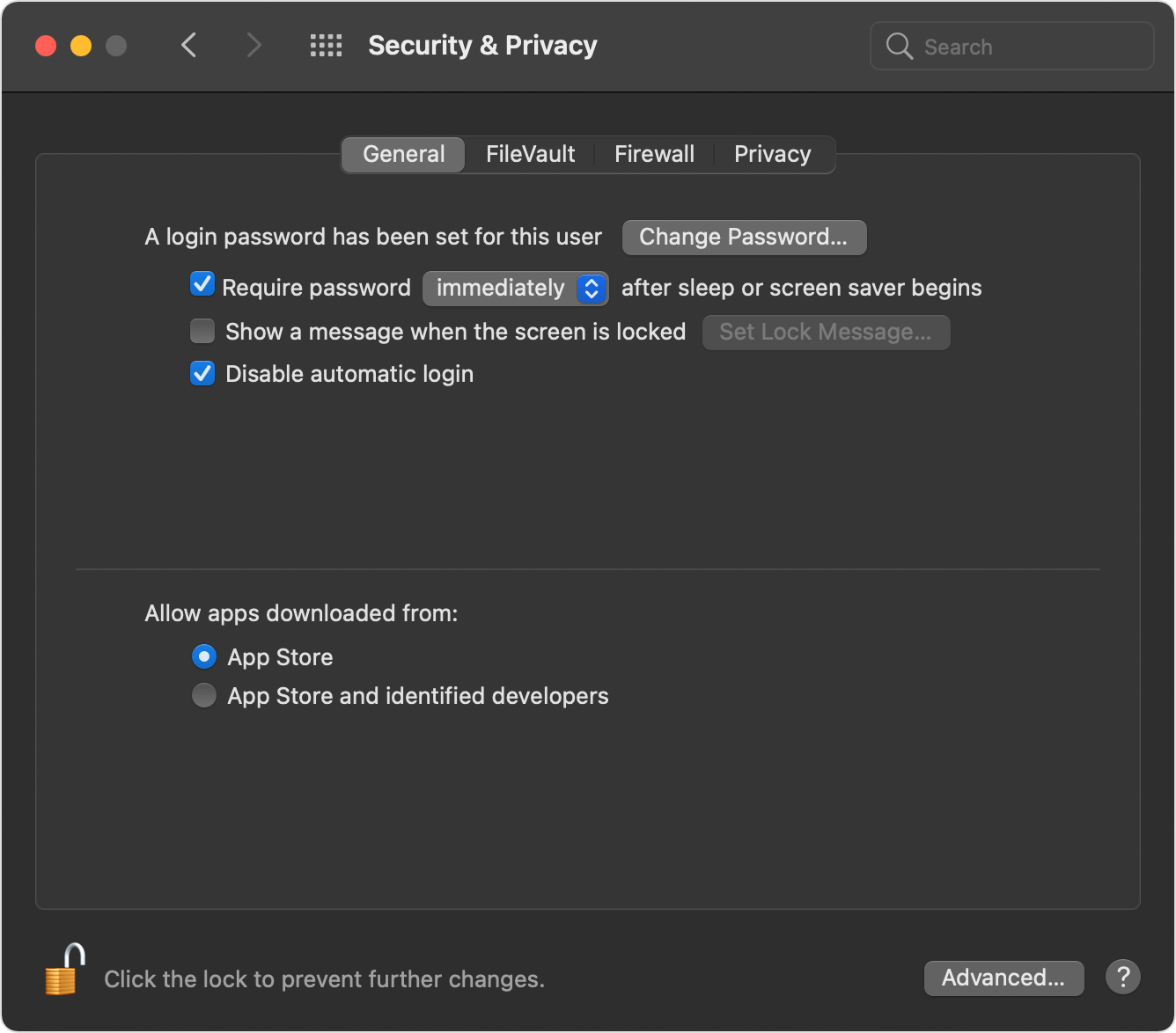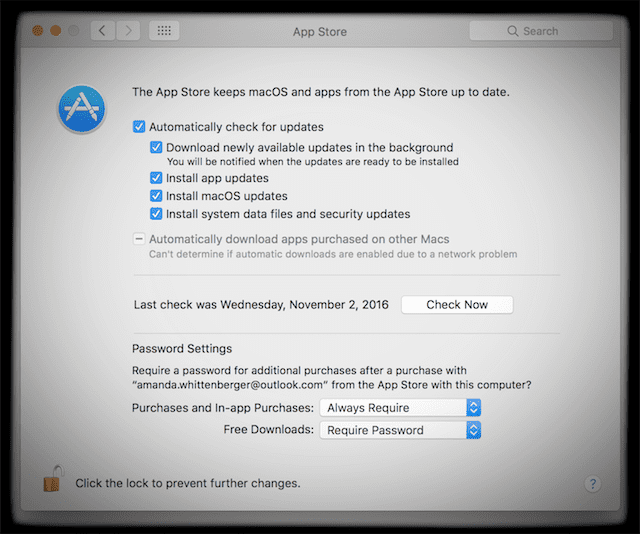



#CHECK FOR AN APP INSTALL ON MAC MAC OS X#
How are app install date recorded on Mac?Įvery app, even the operating systems like macOS or Mac OS X create an installation log files which update the system setting and copy the file in log folders during its installation. Before, we follow the steps to find out the app installation date on Mac we must know how these information are recorded. This information can be useful in many situations like compatibility issue with an old app, or when you need to decide on keeping only the new useful app and removing the older app that you have not been using for a long time or while troubleshooting when you need to know an app install date on your Mac. In this article, I will guide you through a very simple step without the use of any third party app to find out the exact date when an app was installed or you can pull a list of all the installed applications sorted by their installation date. So in order to troubleshoot this, you try to find “app install history” from the installation log.
#CHECK FOR AN APP INSTALL ON MAC SOFTWARE#
Well, there is also a possibility that you downloaded and installed some unwanted software on your mac when you clicked on a sneaky link by mistake. Have you ever needed to check what all apps you have installed recently or when did you install a particular app which conflicts with something else on your Mac or you don’t remember what all apps you installed on a particular date after which such problem started? . Once installed, open the Terminal app and you can use multipass launch to create your first instance.Ever wondered how and when you downloaded an alien app on your Mac. $ brew uninstall -zap multipass # to destroy all data, too Then, it’s a simple: $ brew install -cask multipass Have a look at brew.sh on instructions to install Brew itself. There’s a script to uninstall: $ sudo sh "/Library/Application Support//uninstall.sh"
You will need an account with Administrator privileges to complete the installation. If you want Tab completion on the command line, install bash-completion from brew first.Īctivate the downloaded installer and it will guide you through the steps necessary. To install Multipass on macOS, you have two options: the installer package or brew: Installerĭownload the latest installer from our GitHub releases page - it’s the. If you’d like to use VirtualBox, run the following in the terminal after installing Multipass: $ sudo multipass set local.driver=virtualbox At the time of writing, Multipass instances running with VirtualBox on MacOS won’t get assigned IP addresses.


 0 kommentar(er)
0 kommentar(er)
